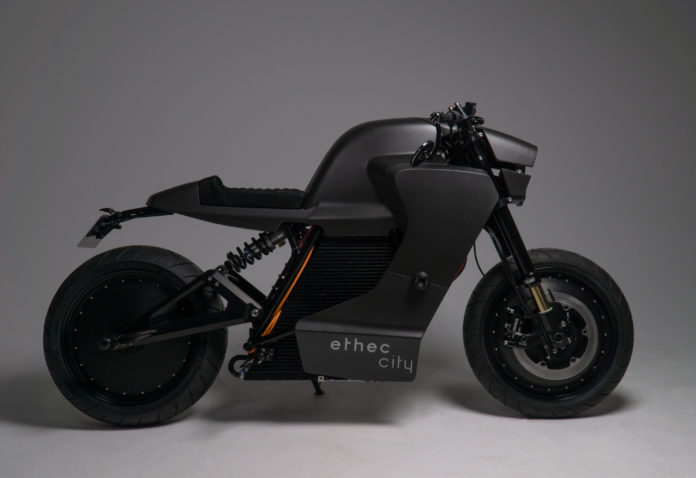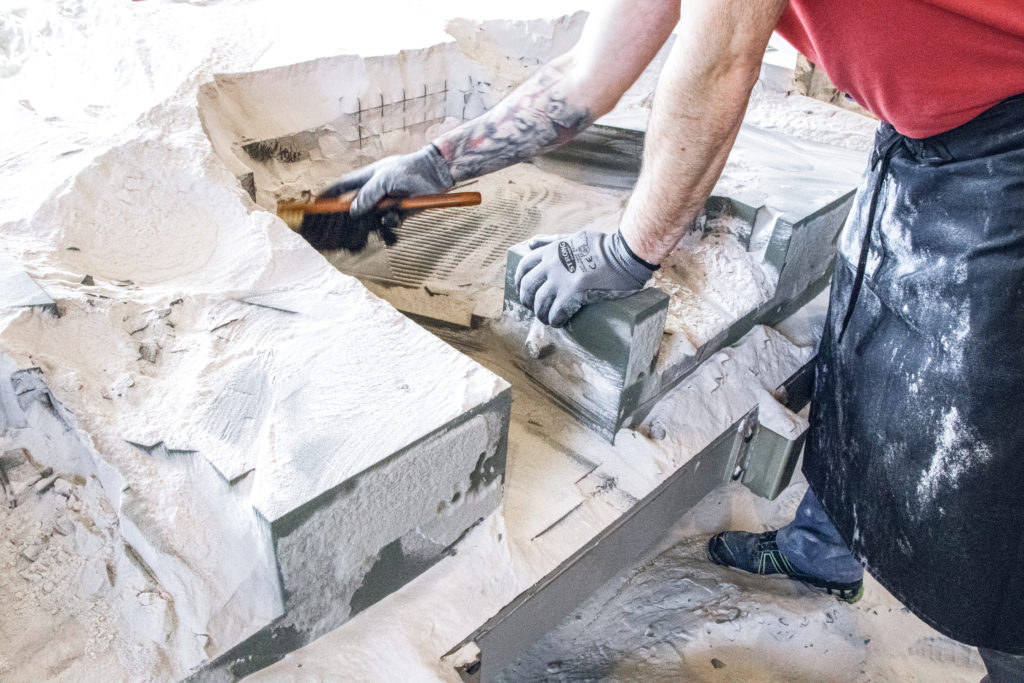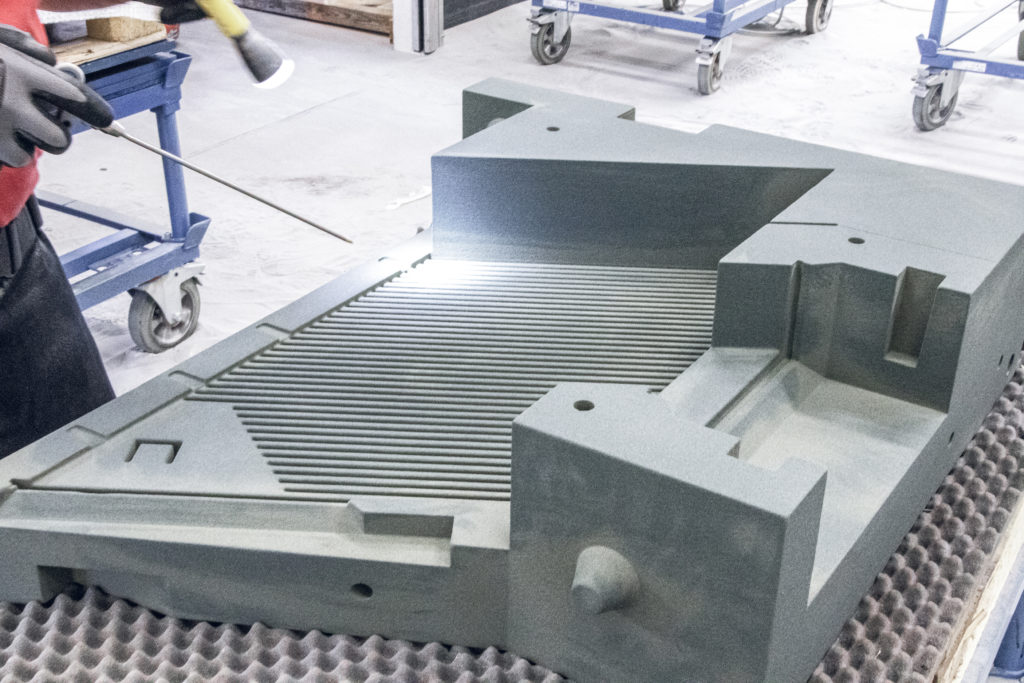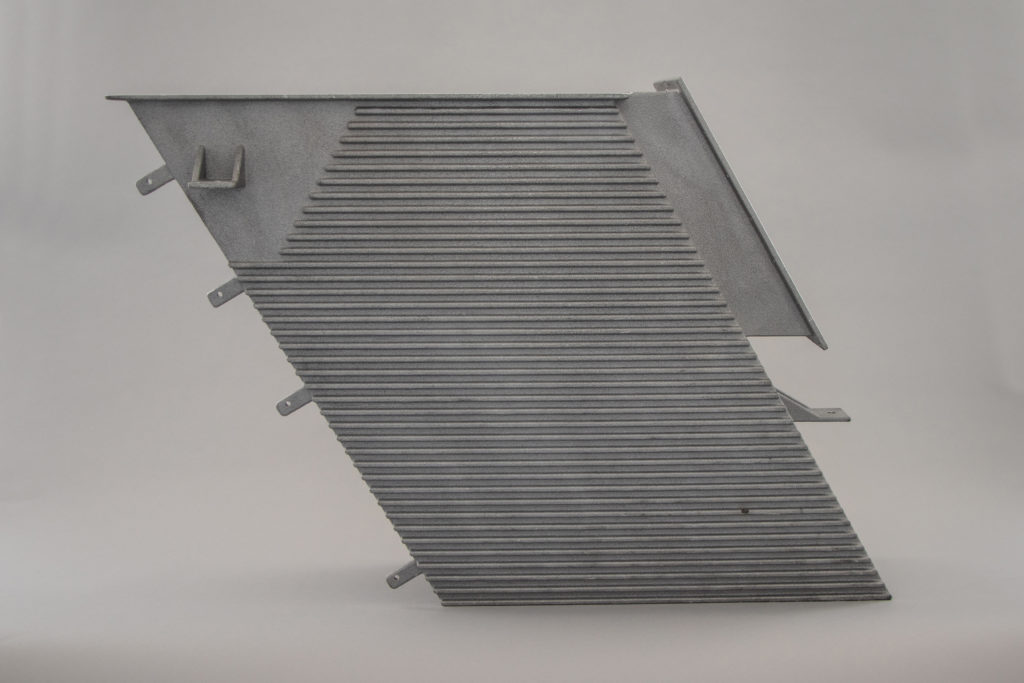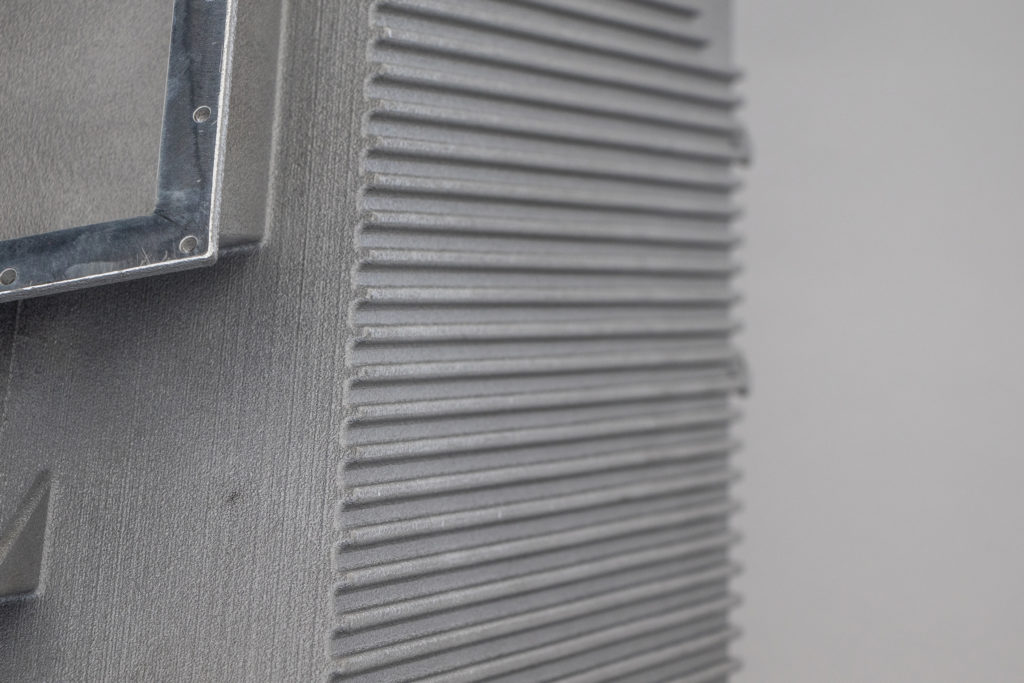We first heard about ETHEC city last year, a Swiss student project conducted by a team of mechanical engineers from ETH Zurich that is developing a prototype of an electric motorcycle. Several companies including manufacturers of 3D printing technologies support this initiative and help the students address “sustainability in mobility” by exploring AM technologies such as Stereolithography (SLA), Selective Laser Sintering (SLS) and Selective Laser Melting (SLM).
Ultimately, those technologies are also a great opportunity for students to discover manufacturing processes that can be used for series production outside of prototype manufacturing.
In this vein, a company that also brings a key contribution in this project is German machine manufacturer voxeljet. The 3D printer manufacturer supports the development of a cooling system that aims to guarantee a longer service life for the battery cells.
According to the engineering team at voxeljet, due to their limited battery capacity, existing e-motorcycles suit best for urban traffic rather than extended cross-country trips. However, with the right technological approach, it is possible to overcome this limitation.
The first idea of the team consisted in extending space in order to enable battery cooling. TO do so, the Swiss team proceeded to some recuperation. They recover for instance, braking energy, by installing a wheel hub motor in the front wheel of the bike but it quickly became more complicated to best store the additional power available to increase the range.
Indeed, voxeljet explains in a report that creating a high energy density in the smallest possible space is one thing. However, keeping the heat generated during battery operation at a constant level is more difficult on a motorcycle than in a larger vehicle. However, optimum temperature management is crucial for the service life of the battery.
“Battery cooling in e-vehicles is normally accomplished with a coolant that flows past the cells through a hose or pipe,” explains Dr. Josef Mayr, Group Manager Thermal Simulation at inspire AG and coordinator of the ethec project – inspire AG is also a project sponsor-. “The disadvantage of this method is that only spot or linear contact is made and direct contact with the cells is not actually achieved.” In view of the limited space in the middle of the motorcycle frame, only one concept was ultimately possible: complete embedding of all battery cells in a bath of oil.
The ethec team used the cooling system of transformers in the substations of the major power grids as a template. “Sparks fly when the equipment is switched on,” says Mayr, “but because the units are completely swimming in silicone oil and thus there is no oxygen, there can be no short circuit.”
AM then comes into play
Split between two modules, the ETH students assembled a total of 1,269 lithium-ion round cells with a total output of 15 kWh. Computer-aided flow simulations were then used to create the optimal structure of the battery housing, which not only had to be absolutely leak-proof, but also had to ensure perfect contact between the individual cells and the flow of silicone oil. However, an object the size of the ethec battery housing exceeded the capacities of the available direct metal laser sintering (DMLS) equipment. And in order to “show the students the way from prototype to series production,” according to Josef Mayr, the choice fell on metal casting. Specifically, a 3D-printed sand mold was used as a template for casting an aluminum-copper alloy – in short: printed casting.
The digital CAD data of the battery housing provided by the ethec team formed the basis for voxeljet to produce a sand casting mold using binder jetting 3D printing. In this process, a few micrometer-thin layer of quartz sand and a binder jetted onto it are alternately layered on top of each other until the specified geometry of the later component is printed with the highest precision. The ETHEC battery housing was finally casted in the aluminum foundry of Kupral Spa, based in Brescia, Italy.
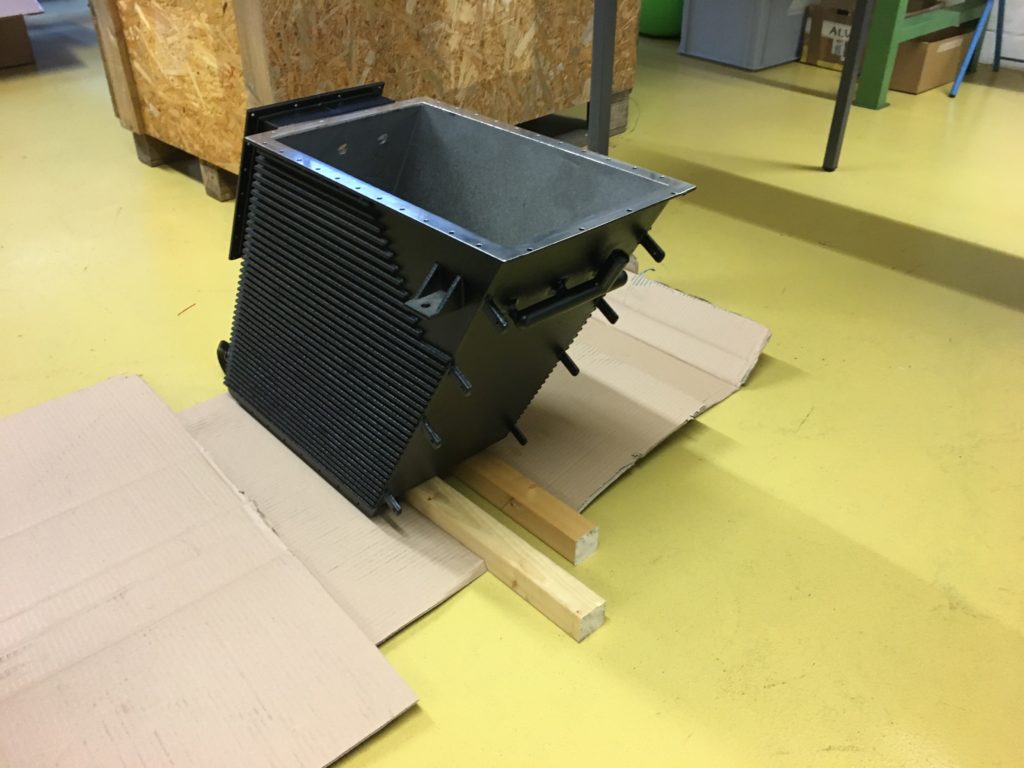
Full-scale practical testing of the ethec prototype is currently still pending. But the concept of an energy-efficient e-motorcycle devised by students shows impressive potential: The top speed should reach a maximum of 160 km/h, and thanks to recuperation and the novel battery concept, ethec city could achieve a range of around 400 km. Whether the concept will also convince potential buyers remains open for the moment – the search for a partner for the industrial series production of ethec city is still ongoing.
Remember, you can post free of charge job opportunities in the AM Industry on 3D ADEPT Media or look for a job via our job board. Make sure to follow us on our social networks and subscribe to our weekly newsletter : Facebook, Twitter, LinkedIn & Instagram ! If you want to be featured in the next issue of our digital magazine or if you hear a story that needs to be heard, make sure to send it to contact@3dadept.com



